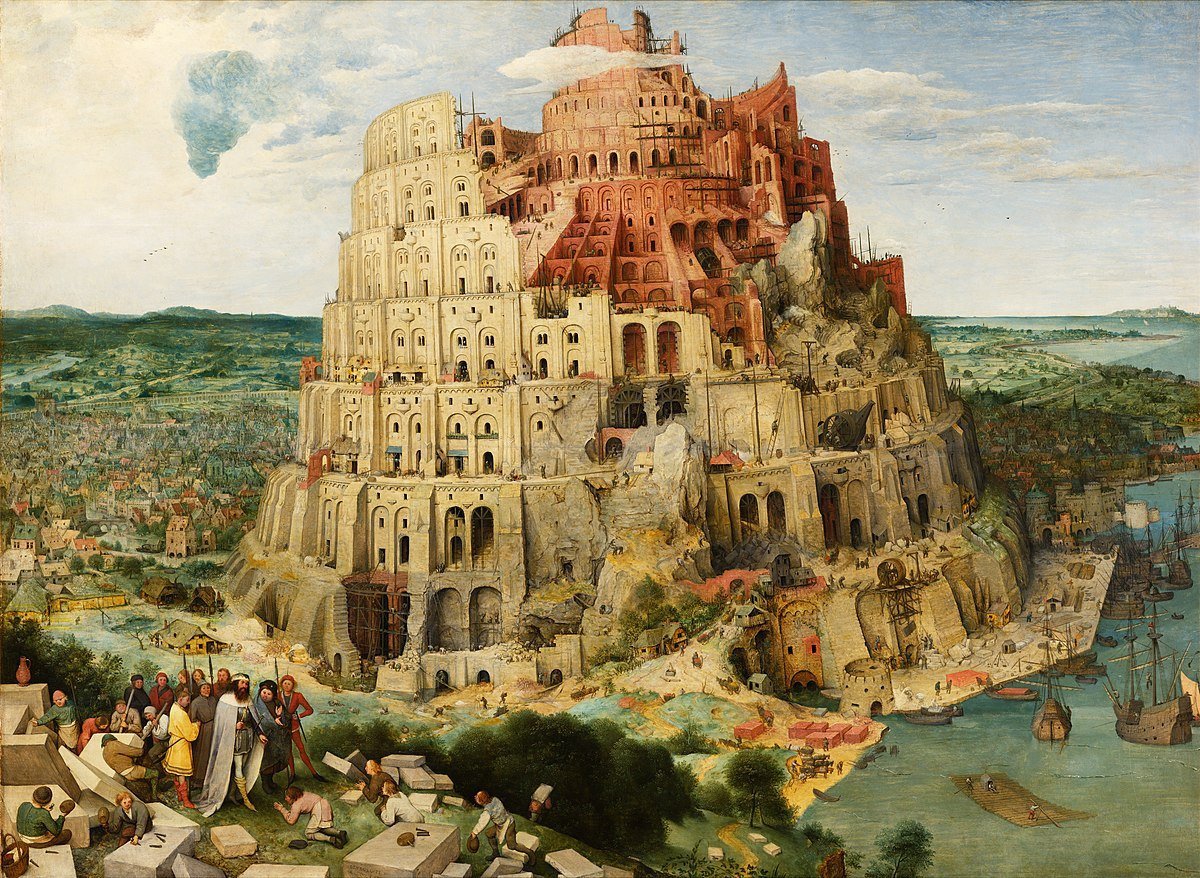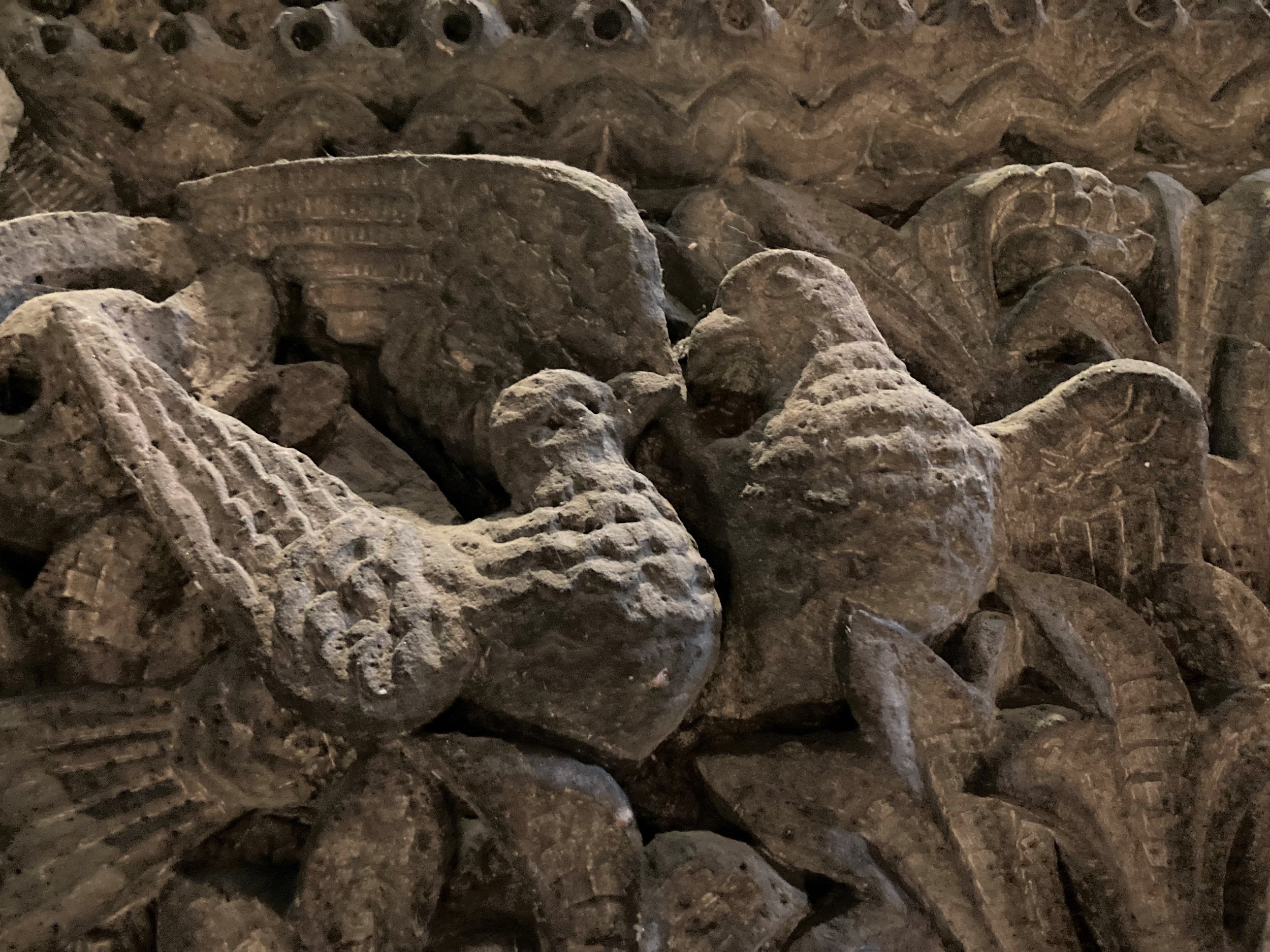A couple of weeks ago, I had the pleasure of leading a group through art as a means of exploring theology. Fides quaerens intellectum, “faith seeking understanding” is the definition of theology offered by the first Bishop of Canterbury, St. Anselm (c. 1033 – 1109). Often quoted still, in the most positive light, it is reflective of our creeds as being the art of the early church handed down to us.
Their priority of faith leading to the action of seeking led to the parsing of doctrine and heresy and definition of the essentials of Christian belief. It in no way diminishes inspiration’s role to say it was a creative process. But disagreements through the centuries and a decision by Rome to excommunicate an Eastern Orthodox patriarch led to the East-West Schism of 1054. Where religious strife brings in rupture, the priority of faith and the discipline of seeking have been lost to other aims. Jesus points to this in some of his parables.
Religious art which seeks to proselytize is bound to superficiality at best. Personally, I find the detail of this painting below illustrating the procession of the Holy Spirit from the Father and the Son—rather than just from the Father as the Orthodox maintained in their reading of the creed—to be unrelatable, even disturbing.
I have sat in theology classes discussing heresy and sensed collective discomfort as we privately wondered if we had picked heretical thinking up somewhere like ringworm. But, with a calm professor, as we asked our questions our faith enlivened and our thoughts aimed more clearly at what we sought. We never fully understood. I do not remember which book said that studying theology is like trying to hit the target while knowing you will never hit the bullseye, but I still find this reassuring.
Understanding eludes us as we grow in awe but seeking is something each one of us can certainly do, and must do to grow as spiritual beings. The very idea of “church” (ekklesia) as a gathering of those seeking God invites engaging the creative process. We love because God first loved us. Likewise, we seek as we were first sought. Our work is that of revealing the great gift we have already received. This has certainly been the work of our Cathedral Arts program. Imagine my joy of discovering these carvings in our baptistery and in photographing them.
I hope you will join me for the next Making Understanding: Art as Theological Statement on August 1 on Zoom—click HERE to register. Do you see my ironic joke in the painting at the top of this post? It is Pieter Bruegel the Elder’s Tower of Babel, representing the opposite of understanding. Bruegel, like Jesus, was a lover of parables and irony. Below that painting is his rendering of Jesus’ parable of The Blind Leading the Blind.
On August 1 we will enjoy more of Bruegel’s works, and seek our way by faith through art to the present. My next July post will include some of our last workshop—our discussion of icons from the East, medieval art from the West, and a painting by Hans Holbein, court painter of Henry VIII of England, which led the Orthodox theologian Sergius Bulgakov into a deeper experience of the humanity of Christ.
Art is my greatest area of expertise and a constant source of inspiration and so I write about it, teetering on the edge of other subjects. Many of you who read this post have expertise regarding theology and the arts, and in other areas such as your own life, and may be becoming aware of seeking thoughts and feelings you want to share. I want you to know that corrections, expansions and criticisms are all welcome, as well as the typical responses generous with appreciation. You are welcome to email me, and please let me know if what you write is something I can share here.
Peace be with you.




